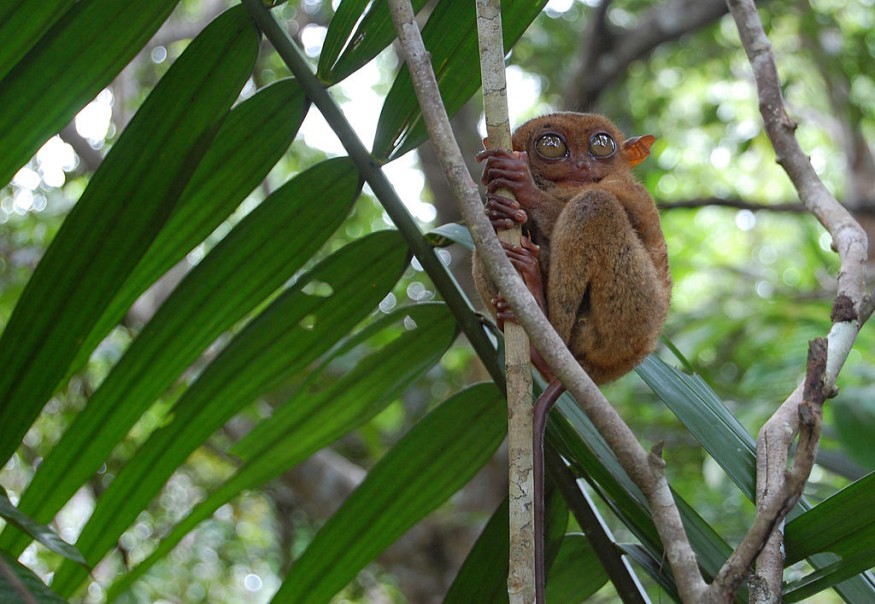Mammals are said to be the most accessible and easiest animals to be researched due to their large size and close resemblance to humans.
However, a new study suggested that more than 1,000 species of mammals have not been discovered yet.
The findings serve as a challenge to biological sciences and taxonomic research.
Over the years, scientists have claimed that some discovered mammals are mistakenly classified into other existing species.
Machine Learning and Predictive Modeling

According to the new paper that was published in the journal Proceedings of the National Academy of Sciences (PNAS) on Monday, March 28, only an estimated 1% to 10% of all species on Earth have been formally classified.
This means there is a large gap when it comes to naming all animals.
The scientists in the new research used a predictive model to determine there is still a myriad of hidden mammal species that have not been officially found and described yet in the field of taxonomy.
With this, they applied machine learning techniques to create a predictive model for the current taxonomic database.
The predictive modeling allowed the scientists to hypothesize that small-bodied species are the most likely candidates for the hidden mammal species.
In the current taxonomic research, more than 6,400 mammal species have been recorded, and 80% of these mammals have received a formal classification, as per Science Alert.
In spite of this current standing, scientists purportedly claimed that we still have a long way to go when it comes to naming species.
Biodiversity Wildcard
The scientists refer to the hidden species as "biodiversity wildcards," and based on the evolutionary and genetic models of machine learning, Southeast Asia contains the highest ratio of diversity wildcards in line with the richness of the species, as per Science Alert.
This is based on the fact that unidentified mammals reportedly fall under taxonomic orders such as bats, hedgehogs, rodents, and shrews found with a high variability in precipitation and temperature.
Due to their miniature size, the biodiversity wildcards are unlike other mammals that one can easily identify based on their morphological features.
Furthermore, the predictive models found these hidden species can be located in tropical rainforests.
This has apparently confirmed what taxonomists have long speculated.
According to the National Geographic, rainforests are the planet's oldest living ecosystems and natural habitats for a variety of animal and plant species.
The present form and structure of these forests are a sign of their survival for at least 70 million years.
Genetic Analysis
For centuries, biologists and taxonomy researchers have based the physical characteristics of animals as determining factors for their formal classification in the taxonomy database.
As the taxonomic record grows, the chance for a newly discovered species to be mistakenly identified or mixed with another group also increases.
It was only during the 19th century that genetic analysis was introduced by Gregor Mendel, a mathematician and biologist, as per a book published in Science Direct.
Since then, the method will be developed in the 20th century and paved the way for more accurate classification of species, especially those animals that have similar biological and physical features.
© 2025 NatureWorldNews.com All rights reserved. Do not reproduce without permission.





